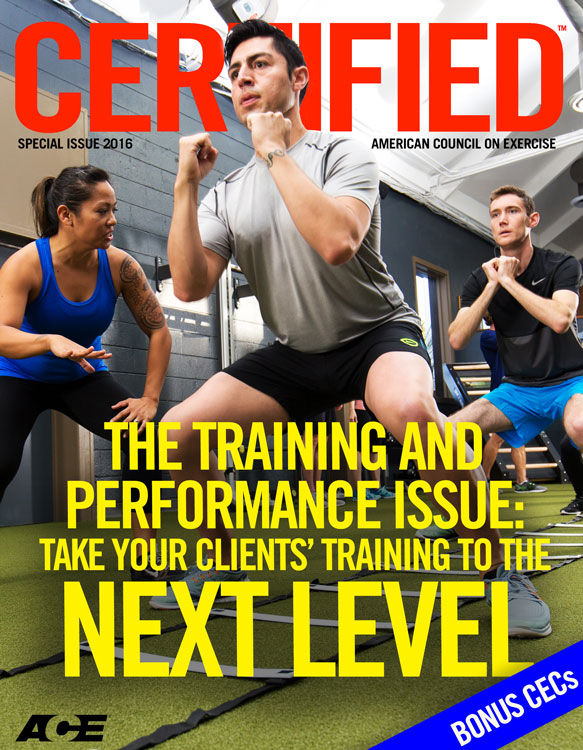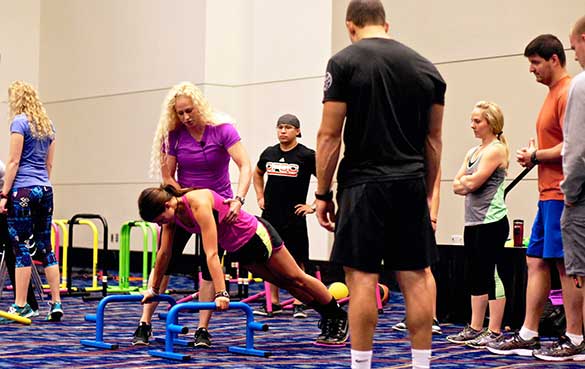
Walking into a modern fitness facility can be overwhelming for many people. From barbells and kettlebells to over-sized beach balls and complex-looking machines with all kinds of levers and pulleys, it’s no wonder that so many people need the services of an ACE Certified Personal Trainer to identify the best way to exercise for their needs. The interesting thing is that we really don’t need any complicated, fancy or expensive equipment for a great workout. In fact, each of us was born with one of the most versatile pieces of exercise equipment ever developed: the human body. Body-weight training is an extremely effective way to train, especially if you know how to use gymnastics movements in a workout program.
As the recent Summer Olympics made clear, gymnasts have extremely strong, well-defined muscles and are in the type of shape that many of our clients are working to achieve. Although it helps, you don’t need to have experience as a competitive gymnast to use gymnastics-inspired exercises with your clients and group fitness classes. Body-weight exercises inspired by gymnastics can be an excellent way to help clients achieve their fitness goals and are becoming a popular tool used by many health and fitness professionals.
Gymnastics-inspired exercises, which primarily use body weight as the form of resistance, can be effective for helping clients develop strength without overloading their systems with too much physical stress. Greg Glassman, the founder of CrossFit, is a former gymnastics coach and made it a component of the company's challenging workout programs. “We train our athletes in gymnastics from rudimentary to advanced movements,” explains Glassman in CrossFit Foundations, “garnering great capacity at controlling the body both dynamically and statically while maximizing the strength-to-weight ratio and dynamic flexibility.”
The Why
A number of gymnastics exercises are based on the foundational patterns of human movement and can be used to create challenging, yet safe, workouts that deliver results. You don’t need specialized gymnastics equipment like a pommel horse, parallel bars or rings to create effective body-weight exercises. However, many fitness facilities now include equipment like jungle-gym-inspired workout rigs, TRX Suspension Training Systems, parallettes (small parallel bars that can be used on the floor) and plyometric jump boxes, which can be used for gymnastics-inspired exercises. To properly use this equipment, it is necessary to have the space to move and many commercial fitness facilities are realizing that they can remove underutilized machines and open up spaces that allow trainers to work their magic.
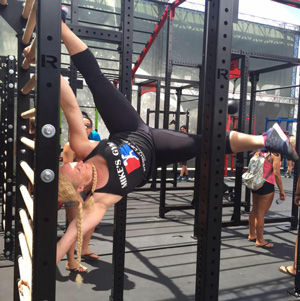
Pure Fitness, a chain of exclusive health clubs in Hong Kong and Singapore, includes gymnastics equipment like rings, parallettes and low balance beams in their facilities along with personal trainers who know how to teach members proper form and technique. According to Marco Ferdinandi, the director of personal training, Pure Fitness has offered the Gymnastic Movement program since 2011.
“Our goal is to incorporate Gymnastics Movement into our core personal training experience,” explains Ferdinandi. “Our personal trainers learn a full range of foundational exercises and skill progressions. We encourage them to determine the best training program for each individual client and often times this includes gymnastics.”
While it’s not necessary to have a background in competitive gymnastics, it can help. Many personal trainers are comfortable challenging their clients with body-weight exercises like push-ups, modified pull-ups or lunges, yet may not feel comfortable using more challenging gymnastics movements. Ingrid Marcum, a Chicago-based personal trainer and strength coach, was a competitive gymnast in college and frequently uses gymnastics exercises with her clients. She finds that gymnastics exercises help clients improve strength while gaining control of their body. Marcum will often use equipment like rings and parallettes with her clients and finds that body-weight exercises are idea.
“They help strengthen the body yet are self-limiting,” says Marcum, “allowing each client to work within his or her own comfort level.”
Group fitness instructors with a gymnastics background can incorporate that knowledge into the classes they teach to help create a unique experience that delivers results. Kira Stokes, a New York City-based personal trainer and group fitness instructor, competed in gymnastics through the high school level, and today her STOKED series of fitness classes feature many body-weight moves inspired by her athletic career. Stokes uses her experience with gymnastics to combine one body-weight movement with another to create a challenging flow of exercises. Stokes loves how dynamic body-weight exercises help her clients and class participants improve their coordination as well as their muscular strength.
“To me, movements in a workout have to make sense—the workout should tell a story,” explains Stokes. “The outcome is a fun program that helps my clients be graceful as well as strong.”
It can be tempting to use high-intensity exercises like plyometrics and kettlebell swings with clients, but if they lack proper movement mechanics or foundational strength, those exercises could cause serious injuries. Gymnastics exercises can be used to help clients develop foundational skills before attempting high-intensity movements. Rebecca Rouse, a personal trainer and fitness manager at Equinox in Carlsbad, Calif., is also a former gymnast who competed in vault, uneven bars, balance beam and floor exercises. Like other fitness professionals with a gymnastics background, Rouse often uses gymnastics movements with clients because it can be a safe and effective method for helping them improve coordination and strength simultaneously.
“I believe that most people should be able to move well with their own body weight before they place external load on their bodies,” says Rouse. “Many gymnastics positions are held for an extended period of time, which can help develop isometric core strength, which is the foundation of long-term success. I only introduce explosive exercises into a client’s program after they have proper movement mechanics and foundational strength, and gymnastics exercises help them develop these skills.”
The How
Even if you don’t have a background in competitive gymnastics you can still use body-weight exercises to help your clients work toward their goals. Clients of most skill levels can perform the following body-weight exercises, which can be done one at a time with a rest between each set, or as a circuit with one immediately after the other, with a two- to three-minute rest at the end of each round. Make sure to monitor technique and allow a client to rest if he or she is demonstrating improper form. Start with two sets of each exercise (or circuit) and progress to four each.
Click on the photos to view detailed instructions and additional photos for each exercise. 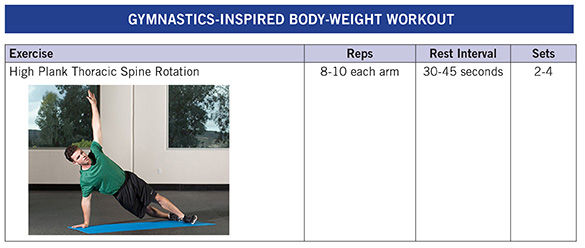


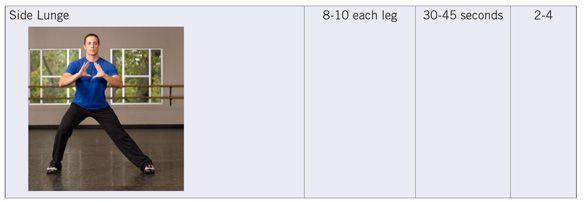



The Challenge
So, what do clients think of gymnastic training? “Given the popularity of the gymnastics apparatus and the growth of our training program, we feel it has been a success for us,” explains Pure Fitness’ Ferdinandi. “Our trainers really enjoy gymnastics for their own workouts and we find that they often use it with their clients because it helps them get results while keeping the trainers from becoming bored. Many of our members like to see their range of motion and body control improve while they also are developing new skills they haven’t used before.”
While some clients may be more comfortable using exercise machines, many people choose to work with a trainer because they want human interaction and an appropriate amount of physical challenge when they exercise. Gymnastics-inspired exercises can create a challenging, fun, yet low-risk way to work out, helping to create more enjoyable experiences for training clients and group fitness participants, which helps develop long-term adherence to exercise.
“All of my clients to whom I have coached gymnastics-type moves have enjoyed the challenge and experienced dramatic increases in performance,” says Rouse. Enjoyment, challenge and improved performance—a proven formula for success.





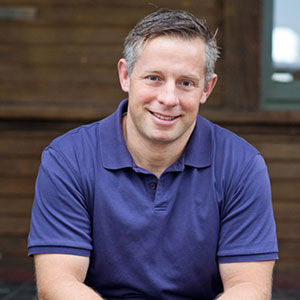 by
by 